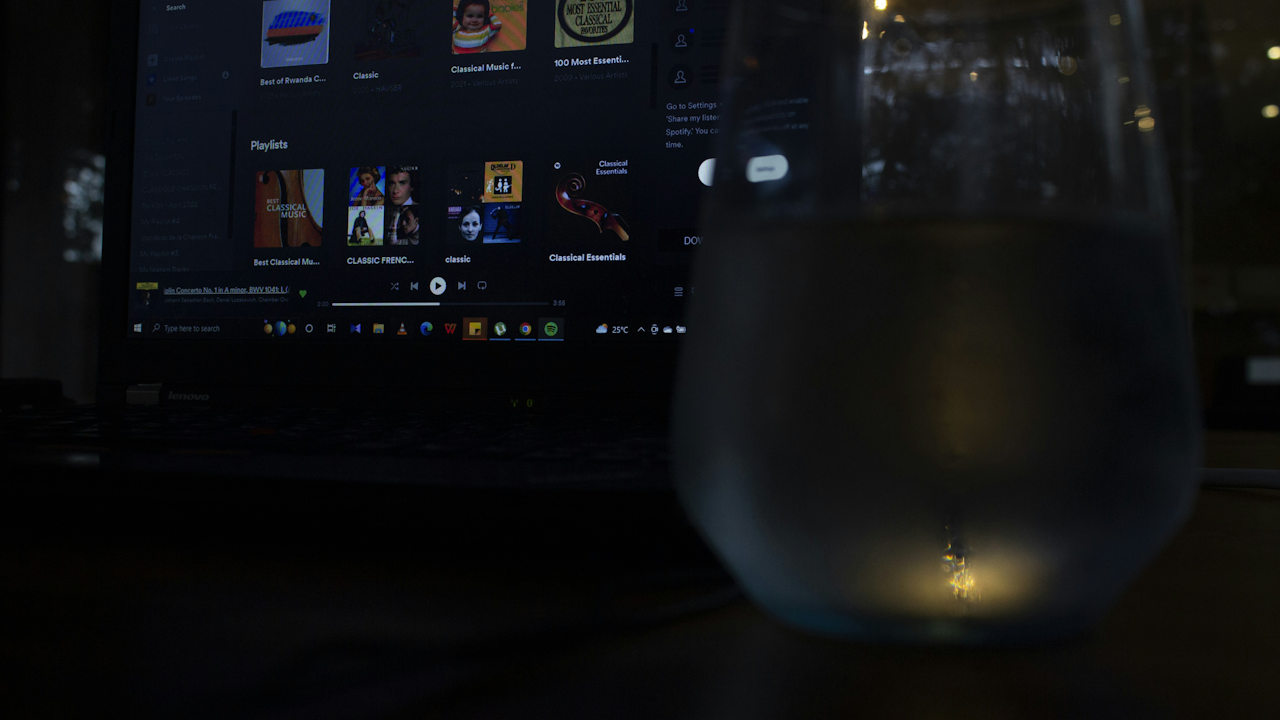The way we find new music has changed dramatically in the age of algorithms. Before the internet, discovering new tunes often relied on chance encounters – a catchy song on the radio, a recommendation from a friend, stumbling upon a vibrant performance, or browsing through shelves of vinyl records. It was a more physical and serendipitous process, often tied to local scenes and the limitations of available media. However, as the sheer volume of music exploded in the digital realm, the need for tools to navigate this vast sonic landscape became apparent. This is where algorithms stepped in, promising to personalize our listening experiences and guide us toward new favorites based on our existing tastes.
These algorithms, the sophisticated engines of music streaming platforms, analyze a wealth of data. They scrutinize our listening history, the tracks we skip or repeat, the playlists we create or follow, and even the listening habits of users with similar tastes. By identifying patterns and connections, they aim to predict what we might enjoy next, curating personalized playlists and recommendations that have become a ubiquitous part of our daily lives. This has undeniably made music discovery more convenient and efficient. We no longer need to rely solely on radio play or word-of-mouth; a world of potential new music is constantly being offered to us at our fingertips.
However, this algorithmic revolution in music discovery is not without its complexities and potential drawbacks. One significant concern revolves around the concept of the “filter bubble” or “echo chamber.” Because algorithms are designed to show us more of what we already like, there’s a risk of becoming trapped in a cycle of familiarity. We might miss out on genres, artists, or sounds that lie outside our established preferences, limiting our exposure to the vast diversity of the musical world. While algorithms excel at finding similar music, they may not be as effective at introducing truly novel or unexpected sounds that could broaden our horizons and challenge our tastes.
Another critical issue is the potential for bias within these algorithms. Popularity bias, for instance, can lead to a self-reinforcing cycle where already popular artists and tracks are disproportionately recommended, making it harder for lesser-known or independent artists to gain visibility. Commercial considerations can also influence recommendations, potentially prioritizing artists or labels with established marketing power. Furthermore, the data used to train these algorithms reflects existing societal biases, which can inadvertently be amplified in the recommendations we receive. Efforts are being made to address these biases and promote fairer and more diverse recommendations, but it remains an ongoing challenge.
The rise of algorithms has also had a notable impact on the music industry itself. With listeners increasingly gravitating towards single tracks and algorithmically generated playlists, the traditional album format has seen a decline in consumption. This shift can influence how artists create and release music, potentially favoring shorter, more immediately catchy tracks that perform well in algorithmic playlists. The pressure to create “algorithm-friendly” music might also lead to a degree of homogenization, where artists feel compelled to conform to certain trends or formulas to gain visibility.
For independent artists and smaller labels, the algorithmic landscape can present both opportunities and challenges. While platforms offer direct access to a global audience, breaking through the noise and gaining the attention of algorithms that often favor established acts can be difficult. This has spurred the emergence of new strategies and platforms aimed at supporting independent musicians and promoting more diverse music discovery.
Despite these concerns, the potential for algorithms to enhance music discovery remains significant. As these technologies evolve, there is hope for more sophisticated and nuanced recommendation systems that can strike a better balance between familiarity and novelty, popularity and diversity. Incorporating elements of human curation, fostering serendipitous discovery, and increasing transparency in how algorithms work could lead to a richer and more rewarding music discovery experience for listeners. Ultimately, the age of algorithms in music discovery presents a dynamic and evolving landscape, requiring ongoing critical engagement from both listeners and the music industry to ensure a vibrant and diverse sonic future.

